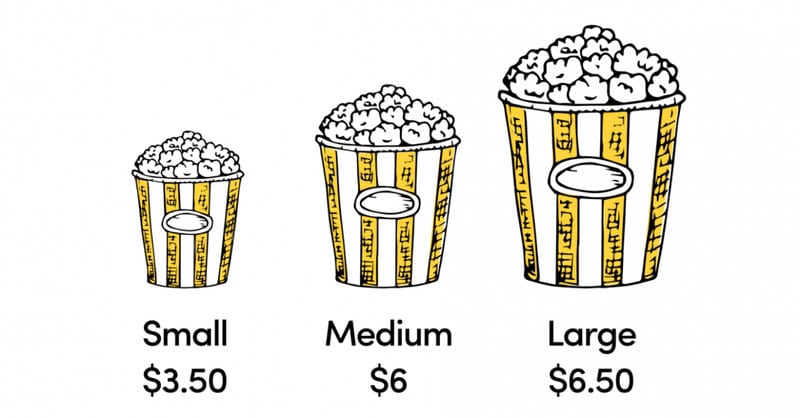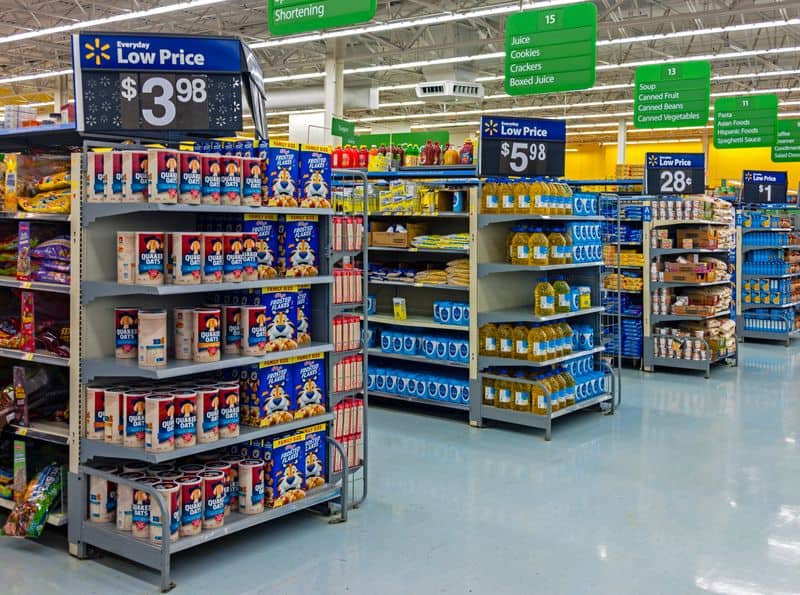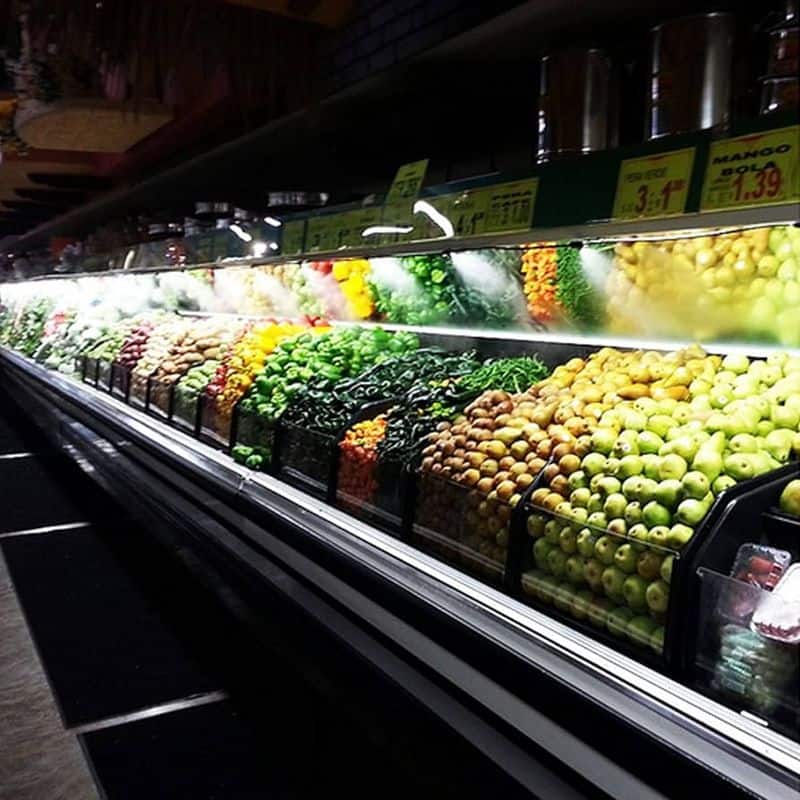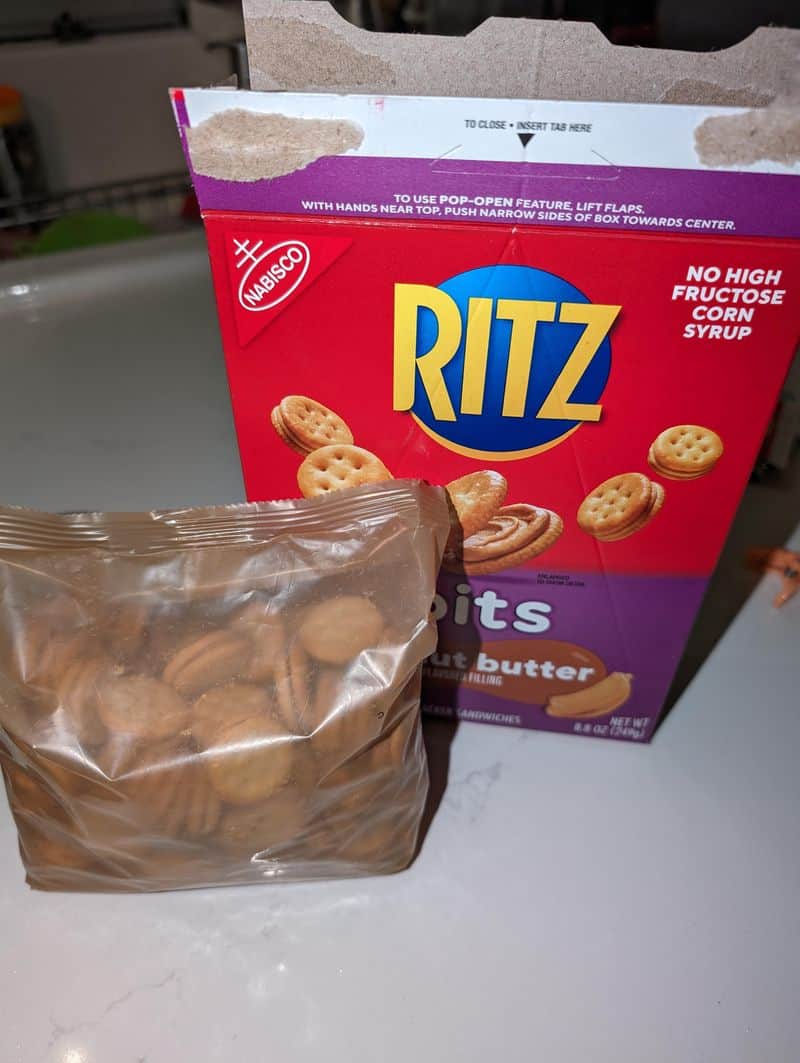Stepping into a grocery store can often feel like entering a maze of enticing offers and strategically placed goods. While the primary aim is to shop for essentials, consumers are constantly enticed by clever tricks designed to encourage spending beyond their initial intentions.
Grocery stores have mastered psychological tactics to influence shopper behavior, and many customers are unaware of the manipulations at play. This post uncovers seven of the most common tricks that grocery stores use to influence purchasing decisions. By understanding these tactics, you can become a more mindful shopper and potentially save money on your grocery bills.
1. Decoy Pricing

Decoy pricing is a tactic where a store offers three similar items at different prices. Typically, two items are priced close together, while a third is much higher or lower. The middle-priced item seems like the best deal. This strategy nudges consumers towards choosing the mid-priced option, believing they’re getting better value.
By manipulating perceived value, stores guide shoppers to spend more than intended. Shoppers believe they’re making a smart choice, unaware of the underlying strategy. Next time you shop, scrutinize the options and remember, sometimes the cheapest or most expensive option isn’t a ‘bad’ choice.
2. End Cap Displays

End cap displays are strategically placed at aisle ends to grab attention. They’re filled with promotional items or seasonal products. Their prime location encourages impulsive purchases, as shoppers pass by frequently.
Stores use bright colors and signage to draw eyes. This leads consumers to believe they’re getting special deals, though often these items are priced similarly to regular shelf products. Checking prices before buying from these displays is advisable, ensuring true value. Remember, eye-catching doesn’t always equate to a great deal. A critical eye can save you from unnecessary spending.
3. Fresh Produce Misting

Misting fresh produce in grocery stores keeps items looking fresh and appealing. This trick makes vegetables and fruits appear dewy and freshly picked. The mist captures shopper attention, suggesting superior quality.
However, added moisture increases weight, leading to higher costs. Some items may perish faster due to excess moisture. While freshness is important, verifying quality beyond surface appeal is wise. Touch and inspect produce for true freshness. Don’t be swayed solely by the glistening appearance—it’s a tactic to enhance allure and influence purchase decisions.
4. Pre-Packaged Bulk Items

Pre-packaged bulk items seem economical at first glance. Stores bundle items like nuts and grains in large quantities, suggesting cost savings. This leads shoppers to believe they’re getting a bargain.
Yet, buying more than needed results in waste, offsetting perceived savings. Not all bulk deals are cheaper than buying individual quantities. Comparing unit prices before settling on bulk purchases is vital. Evaluating actual needs prevents overbuying. Understanding true cost versus perceived value aids in smarter shopping choices. Bulk isn’t always the budget-friendly option it appears to be.
5. Deceptive Packaging

Deceptive packaging involves using oversized containers to create an illusion of more content. Products are encased in large boxes or bags with minimal actual content, misleading consumers.
This tactic tricks shoppers into perceiving value where there is none. Checking net weight and dimensions aids in discerning true content quantity. Disappointment and overspending are common when relying solely on package size. Awareness of this tactic helps prevent feeling shortchanged after purchase. Opt for clear, transparent packaging to ensure fair value for your money.
Don’t let packaging mislead you—trust numbers, not appearance.
6. Strategic Store Layout

Grocery stores design layouts to maximize product visibility. Items are placed at eye level to increase likelihood of purchase. Essentials are often located at the back, requiring shoppers to traverse aisles filled with tempting goods.
This arrangement promotes impulse buying, as customers encounter multiple non-essential products along their path. Awareness of layout manipulation aids in sticking to shopping lists. Navigating a store strategically helps resist unnecessary purchases. Be wary of spending too much time in aisles. Focus on essentials and resist placement tactics designed to increase spending.
7. Misleading Sale Signs

Misleading sale signs offer discounts that aren’t always significant. Phrases like ‘Up to 50% off’ lure shoppers into believing they’re saving. Often, only select items qualify for the full discount.
Fine print usually reveals terms that limit savings. Comparing prices and understanding terms prevents falling for misleading signage. Remember, not all sales offer true bargains. Reading labels and doing quick calculations helps ensure genuine savings. Stay vigilant against flashy signs that promise more than they deliver. An informed shopper avoids traps set by misleading promotions.

Well, hello there!
My name is Jennifer. Besides being an orthodontist, I am a mother to 3 playful boys. In this motherhood journey, I can say I will never know everything. That’s why I always strive to read a lot, and that’s why I started writing about all the smithereens I came across so that you can have everything in one place! Enjoy and stay positive; you’ve got this!

